Home>Furniture>Outdoor Furniture>How To Get Sap Off Trex Decking
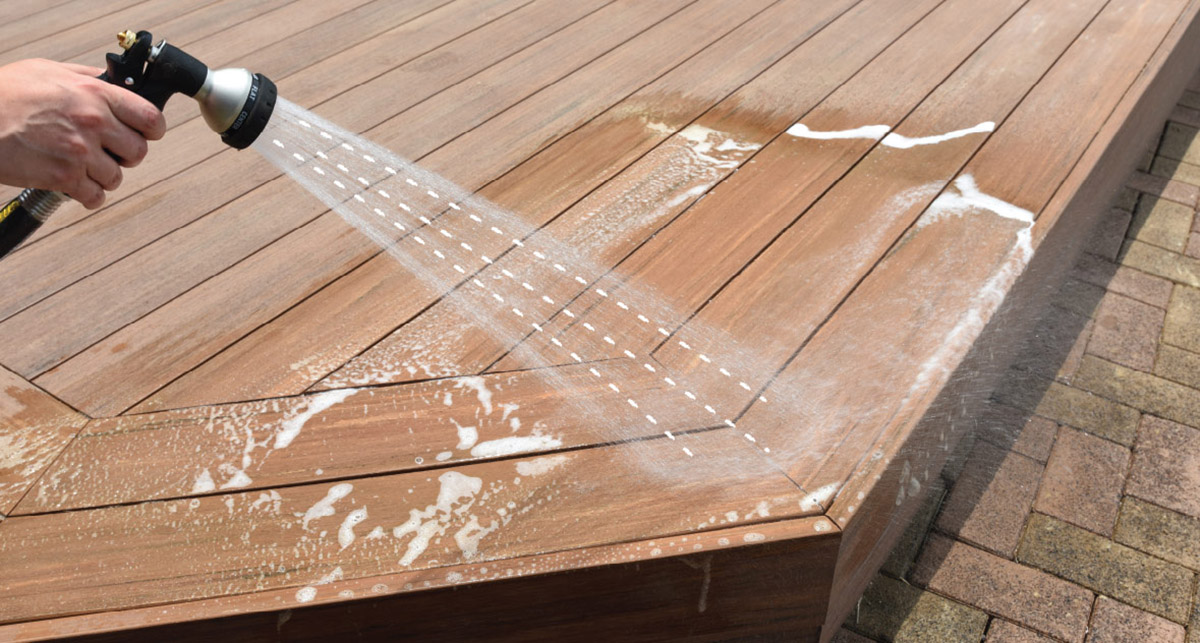

Outdoor Furniture
How To Get Sap Off Trex Decking
Modified: March 7, 2024
Learn how to easily remove sap stains from your outdoor furniture with our helpful guide. Keep your Trex decking looking pristine all year long.
(Many of the links in this article redirect to a specific reviewed product. Your purchase of these products through affiliate links helps to generate commission for Storables.com, at no extra cost. Learn more)
Introduction
Welcome to our comprehensive guide on how to get sap off Trex decking. With their durability and low-maintenance nature, Trex decks have become a popular choice for outdoor spaces. However, one common issue that deck owners often face is the presence of sap, which can be a real hassle to remove. In this guide, we will walk you through the process of safely and effectively removing sap from your Trex decking, as well as provide tips on preventing sap buildup in the future.
Before we dive into the step-by-step process, let’s first understand what sap is and why it can be a challenge to deal with. Sap is a sticky substance that trees produce as a way to transport water and nutrients throughout their structure. It is commonly found in coniferous trees like pine and fir, which are often used to make decking materials.
The warm weather and outdoor exposure cause the sap to become sticky and soft, making it easily transferred onto deck surfaces. Once sap makes contact with your Trex decking, it can harden, leaving behind unsightly marks and creating a potential hazard to the deck’s aesthetic appeal.
But fret not! With the right tools and techniques, you can effectively remove sap from your Trex decking and restore its pristine condition. Let’s gather the tools and materials needed for the job.
Key Takeaways:
- Say goodbye to sticky sap on your Trex decking! Follow our guide to safely remove sap and prevent future buildup, keeping your outdoor space pristine and hassle-free.
- Gather the right tools and materials to effectively remove sap from your Trex decking. Follow our step-by-step process and take preventative measures for a clean and beautiful outdoor space.
Read more: How To Get Sap Off Composite Decking
Understanding Sap
Before we delve into the process of removing sap from Trex decking, it’s important to have a basic understanding of what sap is and how it can affect your outdoor space.
Sap is a natural substance produced by trees, which serves the purpose of transporting water and nutrients throughout the tree’s structure. It is composed of a combination of water, sugars, minerals, and other organic compounds. Sap primarily flows through the inner layers of the tree, located just beneath the bark.
Coniferous trees, such as pine and fir, are known to produce more sap compared to other types of trees. This is because these trees have resin ducts within their wood, which secrete the sticky sap as a protective mechanism against insect infestations, fungal growth, and other potential threats.
However, when subjected to warm temperatures, the sap can become soft and sticky, making it easier for it to transfer onto surfaces such as your Trex decking. Once sap makes contact with the decking, it can harden due to exposure to air, sunlight, and moisture, creating unsightly marks and potentially compromising the deck’s aesthetic appeal.
Furthermore, if left untreated, sap can attract dirt, dust, and other debris, leading to a buildup that becomes even more challenging to remove. This can prevent the decking from looking its best and may require more intensive cleaning methods.
It’s essential to address sap on your Trex decking as soon as you notice it. By understanding how sap works and its potential impact, you can take the necessary steps to effectively remove it and maintain the pristine condition of your outdoor space.
Tools and Materials Needed
Before you begin the process of removing sap from your Trex decking, it’s important to gather the necessary tools and materials. Here’s what you’ll need:
- Protective gloves
- Safety goggles
- Bucket of warm water
- Mild dish soap
- Sponge or soft-bristle brush
- Sap remover solution (commercial or DIY)
- Plastic scraper or putty knife
- Microfiber cloth or soft towel
Protective gloves and safety goggles are essential to ensure your safety during the sap removal process, as some solutions and cleaning agents can be harsh or irritate the skin and eyes. Always prioritize safety when working with chemicals and cleaning materials.
The bucket of warm water and mild dish soap will be used to create a soapy solution that helps break down the sap’s stickiness and make it easier to remove. Make sure to choose a mild dish soap without harsh chemicals or additives, as these can potentially damage your decking material.
A sponge or soft-bristle brush will be your main cleaning tool for scrubbing and removing the sap from the decking surface. The soft bristles will be gentle enough to not cause any damage to the Trex deck while effectively removing the sap.
If you prefer using a commercial sap remover solution, you can find them at most hardware or home improvement stores. Alternatively, you can also make a DIY sap remover solution using household items like rubbing alcohol, mineral spirits, or white vinegar. Research different DIY recipes and choose the one that best fits your needs and the materials you have available.
A plastic scraper or putty knife can be helpful for stubborn or hardened sap spots that require a bit more force to remove. These tools should be used with caution to avoid scratching or damaging the surface of the decking.
Lastly, a microfiber cloth or soft towel will be used for drying the decking after the sap removal process. These materials are gentle and won’t leave lint or fibers behind, ensuring a clean, polished finish.
By having these tools and materials ready, you’ll be well-prepared to tackle the task of removing sap from your Trex decking efficiently and effectively.
Step 1: Removing Excess Sap
Before you begin the actual sap removal process on your Trex decking, it’s important to remove any excess sap that may be present. This step will make the subsequent cleaning process more effective. Here’s how:
- Put on your protective gloves and safety goggles to ensure your safety during the cleaning process.
- Inspect your decking surface for any visible or sticky sap spots. Identify areas where the sap has dripped or accumulated.
- If the sap is still soft and not fully hardened, take a plastic scraper or putty knife and gently scrape off as much of the excess sap as possible. Be careful not to scratch or damage the surface of the decking.
- If the sap has hardened, you can try softening it by applying a bit of heat. Use a hairdryer on a low setting to warm up the sap for a few seconds. This should make it easier to scrape off.
- Continue scraping off the excess sap until you have removed as much as possible. You may need to reheat the sap or apply gentle pressure with the scraper to dislodge stubborn spots.
- Once you have removed the excess sap, dispose of it properly. Avoid letting the sap come into contact with other surfaces or the ground, as it can stick and cause additional problems.
By following these steps, you will effectively remove the excess sap from your Trex decking, preparing it for the next step in the cleaning process. Removing the excess sap will make it easier to apply a sap remover solution and scrub the decking to fully eliminate any remaining residue.
Now that you have cleared away the excess sap, it’s time to move on to step two: applying a sap remover solution to tackle the remaining sticky spots on your Trex decking.
Step 2: Applying a Sap Remover Solution
Now that you have removed the excess sap from your Trex decking, it’s time to apply a sap remover solution to tackle any remaining sticky spots. Follow these steps to effectively apply the solution:
- Put on your protective gloves and safety goggles to ensure your safety while working with the sap remover solution.
- If you have opted for a commercial sap remover, carefully read and follow the instructions provided on the packaging. Different products may have specific application instructions.
- If you prefer to make your own sap remover solution, there are a few options you can try. One common DIY solution is to mix equal parts rubbing alcohol and water. Another option is to use mineral spirits or white vinegar diluted with water. Experiment with different ratios until you find a mixture that works well for your decking.
- Pour the sap remover solution into a container or spray bottle for easier application. Ensure that the container or spray bottle is clean and free of any other substances or residues.
- Apply the sap remover solution directly to the remaining sap spots on your Trex decking. You can either use a sponge or a cloth soaked in the solution, or you can spray it onto the affected areas.
- Allow the sap remover solution to sit and penetrate the sap for a few minutes. This will help break down the stickiness and make it easier to remove.
- Avoid letting the sap remover solution dry on the decking surface. If it starts to dry out, you can lightly mist the area with more solution to keep it moist.
By applying a sap remover solution to your Trex decking, you’re taking a crucial step in breaking down the remaining sap and preparing it for the scrubbing process. Allow the solution ample time to work its magic before moving on to the next step.
Now that you have applied the sap remover solution, it’s time to move on to step three: scrubbing the decking to remove the loosened sap residue.
Use a plastic putty knife to gently scrape off as much sap as possible. Then, apply a small amount of mineral spirits to a clean cloth and gently rub the remaining sap. Finally, rinse the area with water and mild soap.
Read more: How To Get Paint Off Trex Decking
Step 3: Scrubbing the Decking
With the sap remover solution applied to your Trex decking, it’s time to move on to the next step: scrubbing the decking to remove the loosened sap residue. Follow these steps to ensure a thorough cleaning:
- Put on your protective gloves to protect your hands during the scrubbing process.
- Take a sponge or soft-bristle brush and dip it into a bucket of warm water mixed with a mild dish soap. This soapy solution will aid in the cleaning process.
- Start scrubbing the decking in gentle, circular motions, focusing on the areas where the sap residue is present. Apply enough pressure to effectively remove the sap without damaging the deck surface.
- If the sap spots are particularly stubborn, you can use a plastic scraper or putty knife to carefully scrape off the residue. Be cautious not to apply excessive force and avoid scratching the decking.
- Continue scrubbing and/or scraping until you have removed all the loosened sap residue from the decking surface. Take your time and be thorough to achieve the best results.
- Periodically rinse your sponge or brush in the bucket of warm soapy water to remove any accumulated sap residue. This will prevent the residue from spreading and ensure an effective cleaning process.
- If necessary, repeat the scrubbing process with fresh water and dish soap until all traces of the sap residue have been removed.
As you scrub the decking, pay attention to any areas or spots that may require extra attention. Work methodically from one end of the deck to the other, ensuring that all the sap residue is thoroughly removed.
Once you are satisfied with the removal of the sap residue, it’s time to rinse and dry the decking. Proceed to step four to complete the cleanup process.
Step 4: Rinsing and Drying the Decking
After successfully scrubbing off the sap residue from your Trex decking, it’s essential to rinse and dry the surface to ensure a clean and polished finish. Follow these steps to complete the cleanup process:
- Fill a bucket with clean water or use a hose to rinse off the decking surface. Ensure that the water pressure is not too high to avoid damaging the decking material.
- Thoroughly rinse the entire deck, paying close attention to areas where the sap remover solution was applied. This will help remove any remaining residue and ensure a fresh, clean surface.
- Inspect the decking for any missed sap spots or stubborn residue. If you notice any, repeat the scrubbing process on those specific areas until all traces of sap have been removed.
- Once the decking has been fully rinsed, allow it to air dry naturally. This will help prevent any water spots or streaks from forming on the surface. Avoid using excessive heat, such as a hairdryer or direct sunlight, as it may cause the decking material to warp or become discolored.
- If you prefer, you can use a microfiber cloth or a soft towel to gently pat dry the decking surface. This will help speed up the drying process and ensure an evenly dried deck.
- Dispose of any remaining sap remover solution, rinse out your cleaning tools, and clean up your work area.
By properly rinsing and drying your Trex decking, you’ll achieve a clean, sap-free surface that looks as good as new. This step is crucial for maintaining the integrity and visual appeal of your outdoor space.
With the rinsing and drying complete, it’s time to move on to the final step: preventing sap buildup in the future.
Step 5: Preventing Sap Buildup in the Future
Now that you have successfully removed sap from your Trex decking, it’s important to take preventative measures to avoid sap buildup in the future. By following these steps, you can maintain a sap-free decking and enjoy your outdoor space without the hassle of regular sap removal:
- Choose the right location: When designing your outdoor space, try to avoid placing your deck under trees that are known to produce excessive sap. If possible, position your deck in an area that receives less sap falling from nearby trees.
- Regularly sweep or blow off debris: Leaves, twigs, and other organic matter can contribute to the sap buildup on your decking. To prevent this, regularly sweep or use a leaf blower to remove any debris that may fall on the deck surface.
- Trim overhanging branches: If you have trees near your deck, consider pruning or trimming any overhanging branches that may be depositing sap onto the decking. This proactive measure can significantly reduce the amount of sap that comes into contact with your deck.
- Use protective mats or rugs: Placing protective mats or rugs on high traffic areas of your deck can help prevent sap from reaching the surface. These mats can be easily cleaned or replaced if sap or other debris does accumulate on them.
- Clean up sap promptly: If you notice any sap dripping onto your deck, remove it as soon as possible. Prompt action can prevent the sap from hardening and becoming more difficult to remove.
- Regularly clean and maintain your Trex decking: Perform regular maintenance on your Trex decking, including cleaning it with a mild soap and water solution. This routine cleaning can help remove any residual sap or other debris, keeping your deck looking its best.
By implementing these preventative measures, you can greatly reduce the chances of sap buildup on your Trex decking and ensure a long-lasting, beautiful outdoor space.
With these steps completed, you have successfully removed sap from your Trex decking and learned how to prevent future sap buildup. By following these guidelines, you can enjoy your outdoor space without the hassle of dealing with sticky and unsightly sap residue.
Remember to always prioritize safety when working with cleaning solutions and tools, and be mindful of the recommendations provided by Trex for specific cleaning and maintenance instructions.
Now go ahead and enjoy your clean and sap-free Trex decking!
Conclusion
Dealing with sap on your Trex decking can be a frustrating and challenging task. However, with the right knowledge and tools, you can effectively remove sap and maintain a clean and beautiful outdoor space.
In this comprehensive guide, we have walked you through the step-by-step process of getting sap off Trex decking. From understanding what sap is and how it affects your decking to gathering the necessary tools and materials, we covered everything you need to know.
We explored the importance of removing excess sap before applying a sap remover solution, and the significance of scrubbing the decking to remove any remaining residue. We also discussed the importance of properly rinsing and drying the decking to achieve a polished finish.
Furthermore, we provided valuable tips on preventing sap buildup in the future. By choosing the right location for your decking, regularly sweeping off debris, trimming overhanging branches, using protective mats, and performing routine maintenance, you can significantly reduce the chances of sap-related issues in the long run.
Remember to always prioritize safety when working with cleaning solutions and tools, and follow the manufacturer’s instructions when using commercial sap remover products.
By following the steps outlined in this guide and implementing preventative measures, you can keep your Trex decking free from sap and enjoy a beautiful, low-maintenance outdoor space for years to come.
Now it’s time to take action and bring back the beauty of your Trex decking. Happy cleaning!
Frequently Asked Questions about How To Get Sap Off Trex Decking
Was this page helpful?
At Storables.com, we guarantee accurate and reliable information. Our content, validated by Expert Board Contributors, is crafted following stringent Editorial Policies. We're committed to providing you with well-researched, expert-backed insights for all your informational needs.
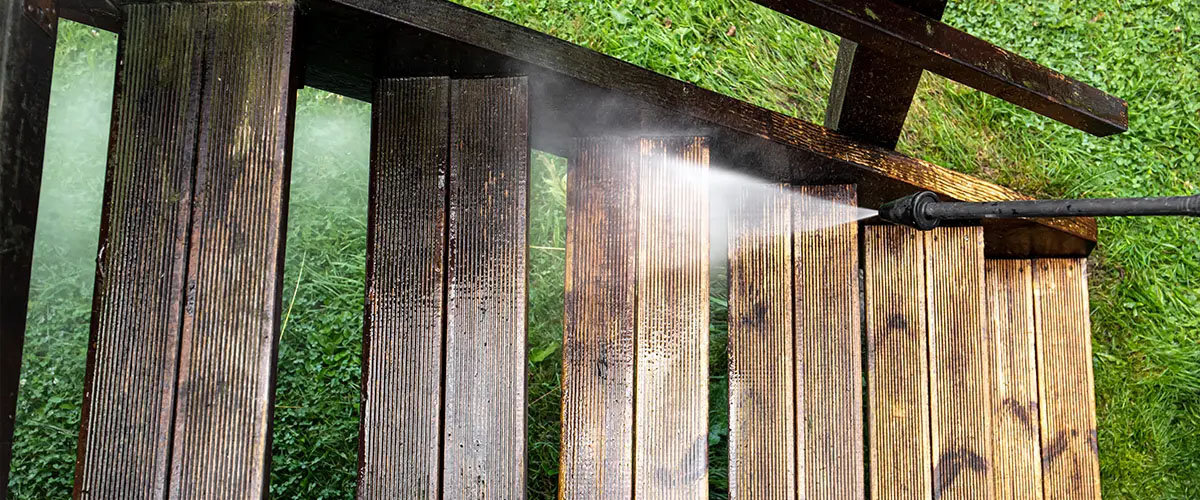
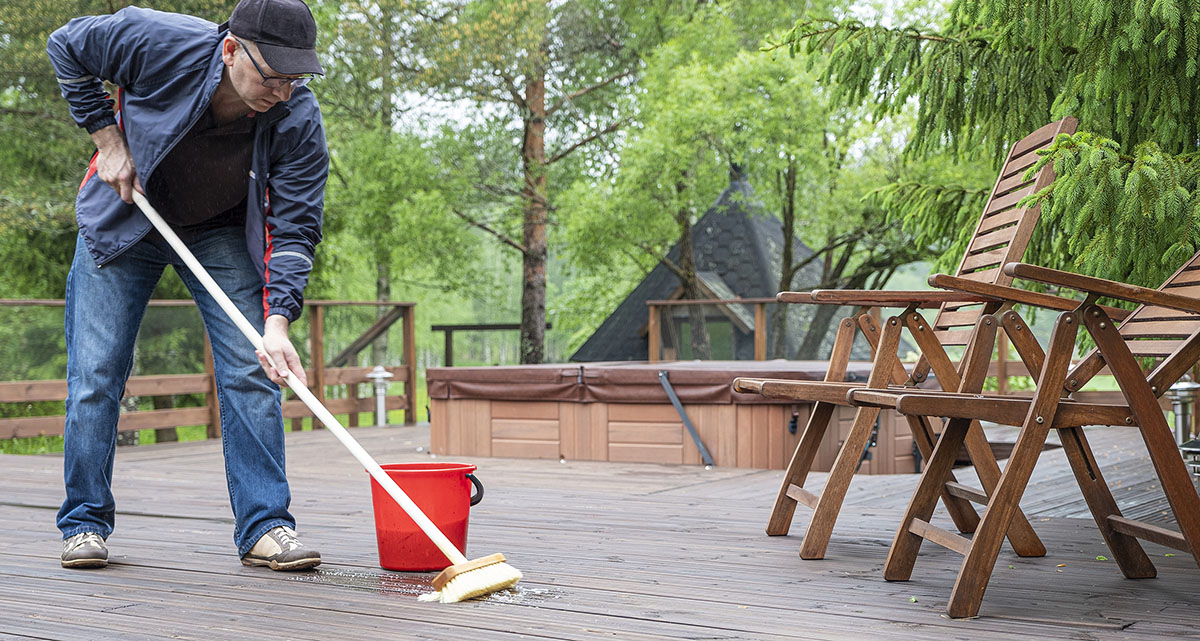
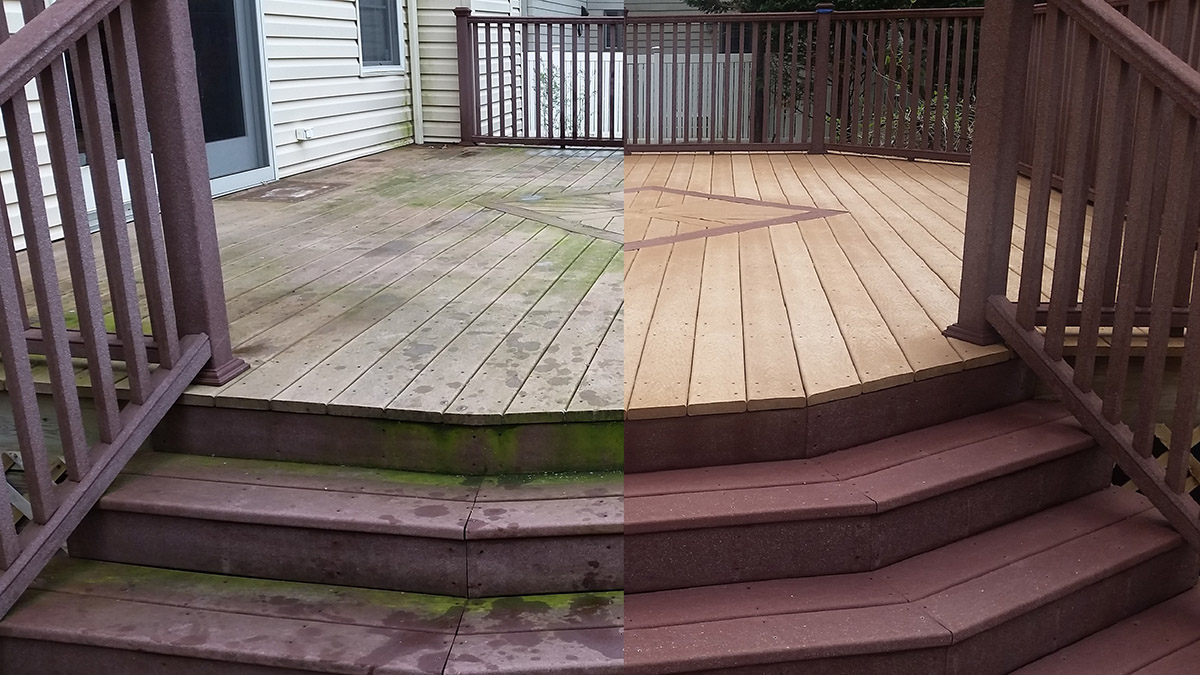
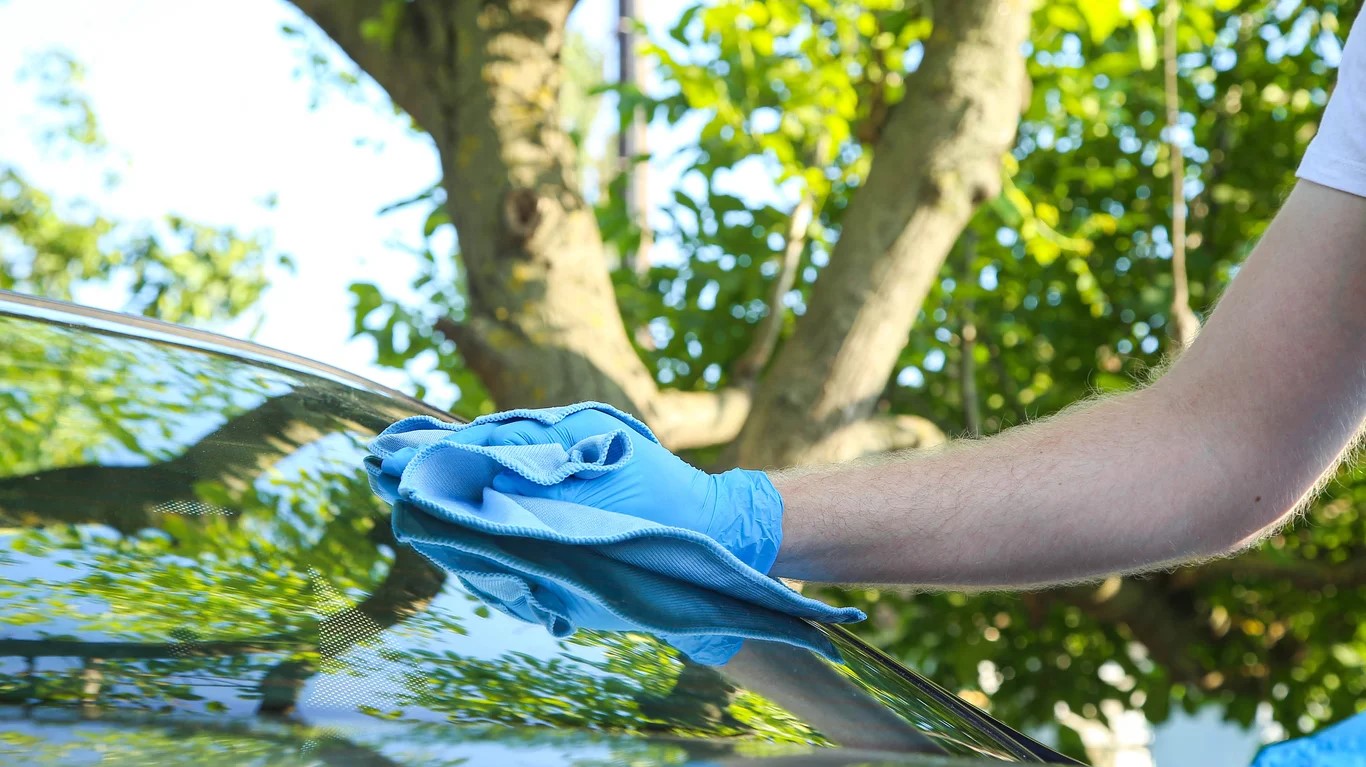
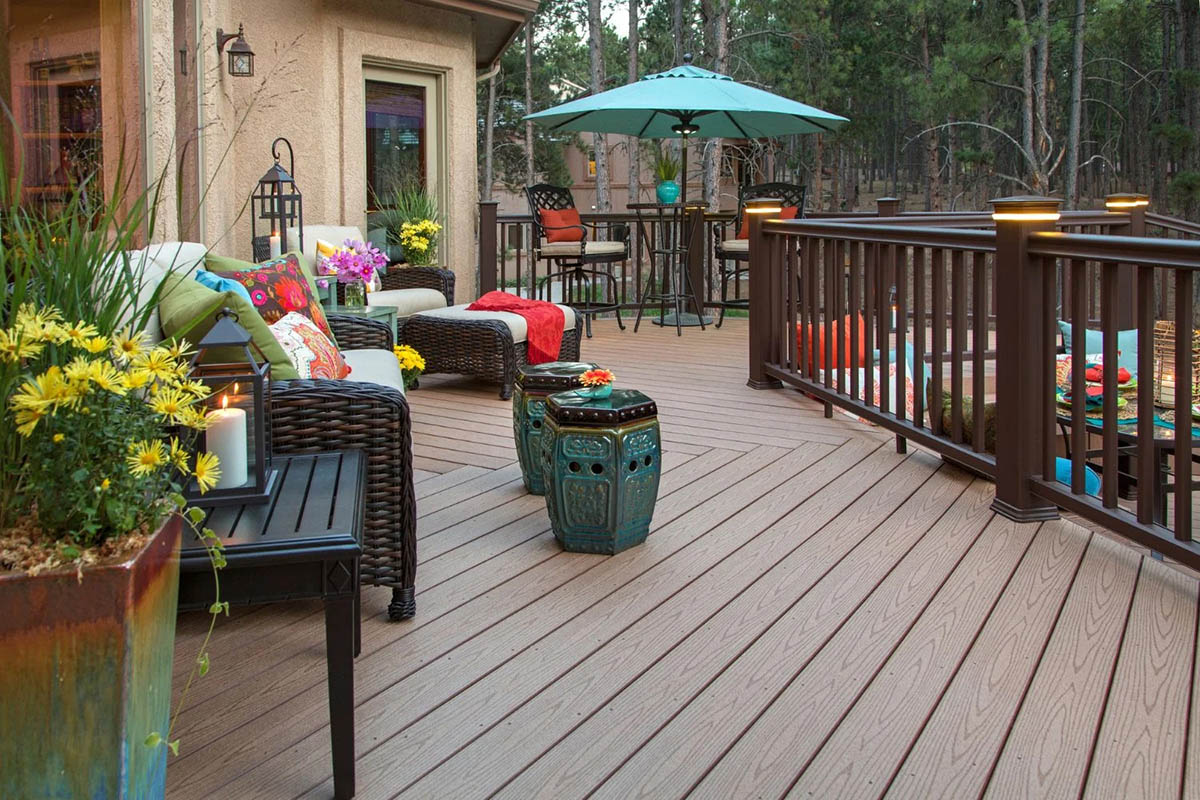
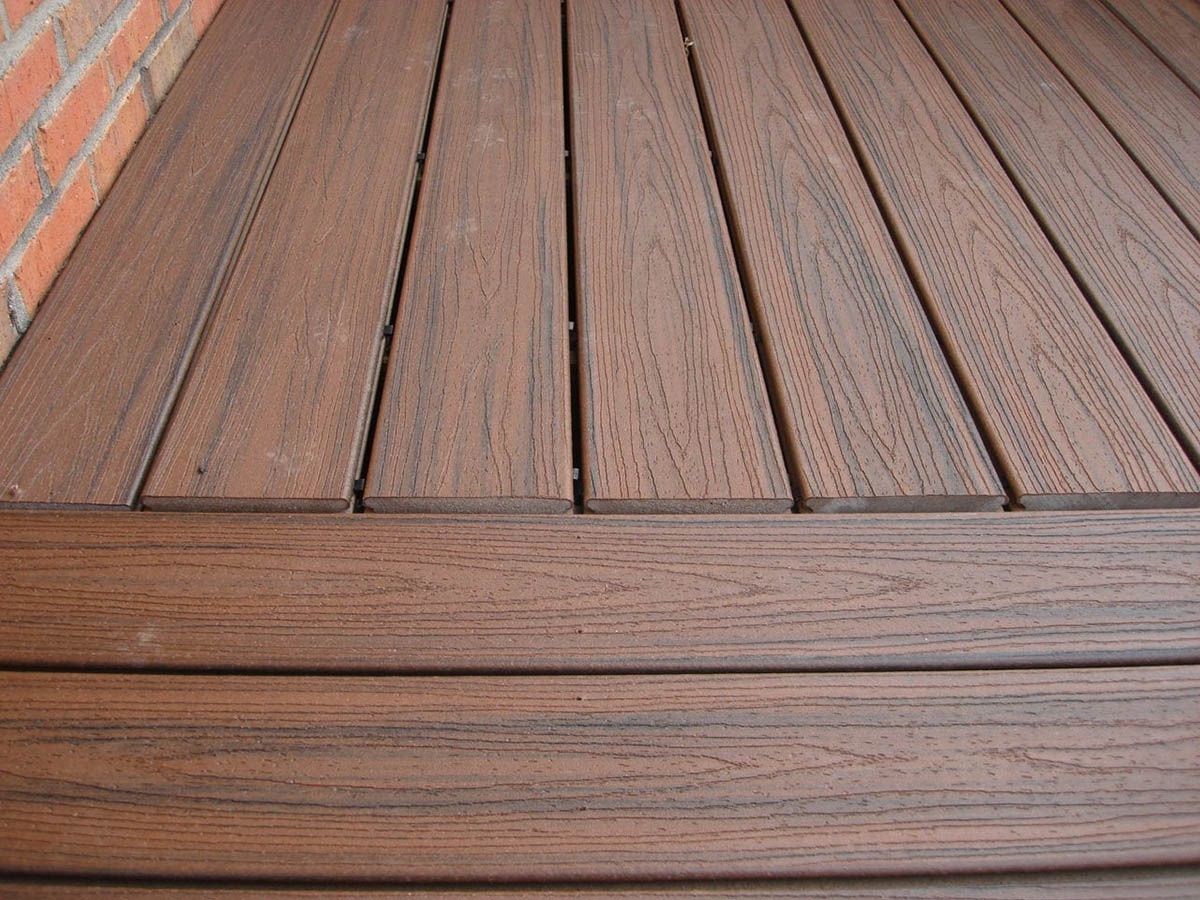
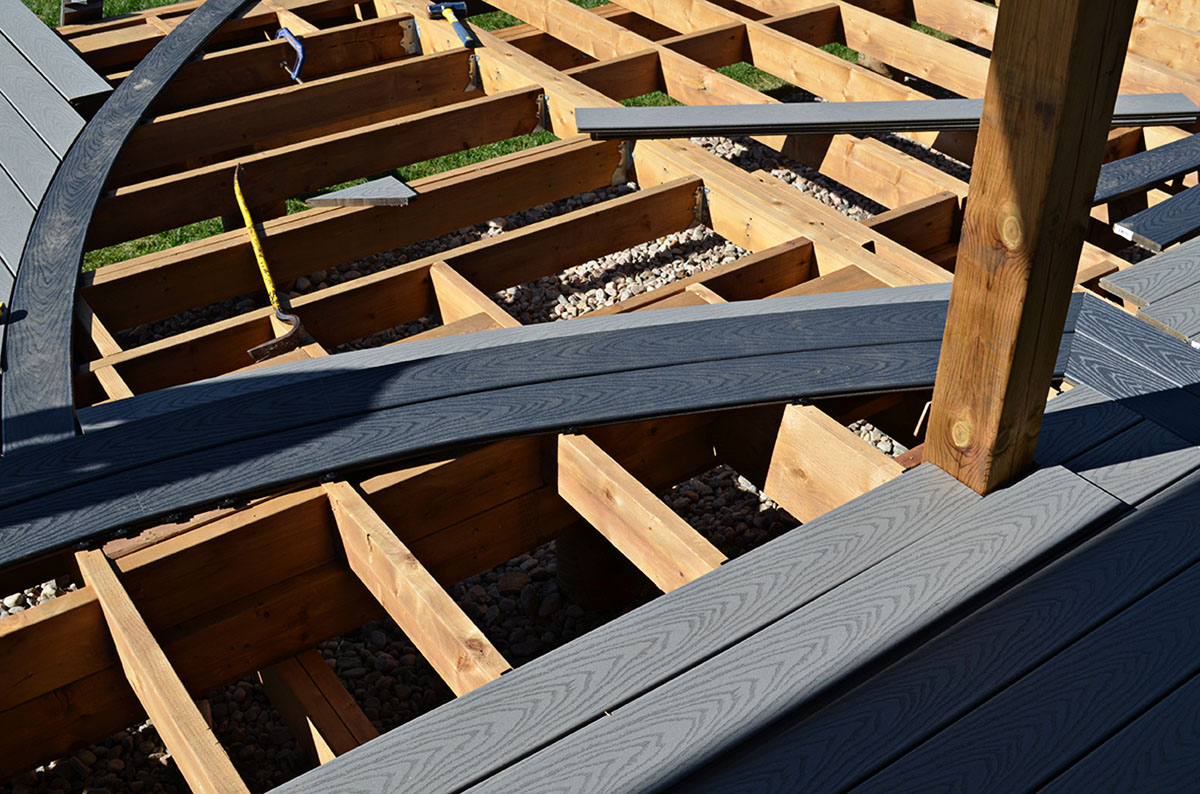
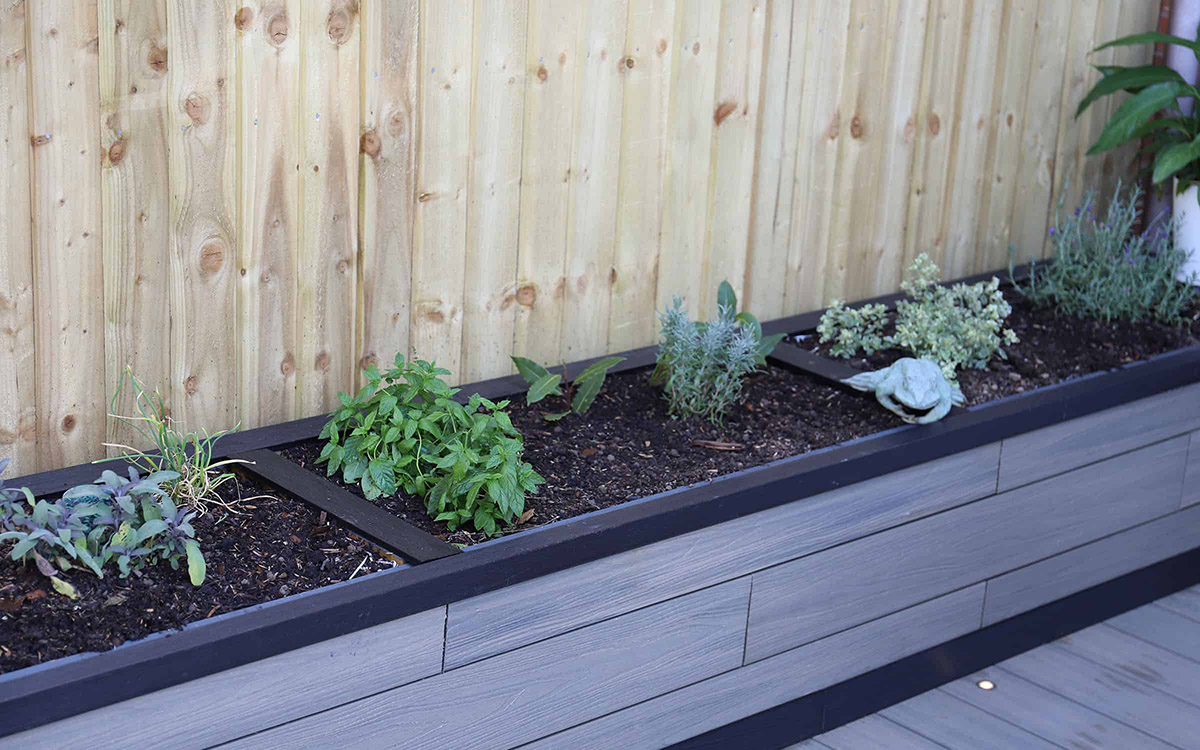
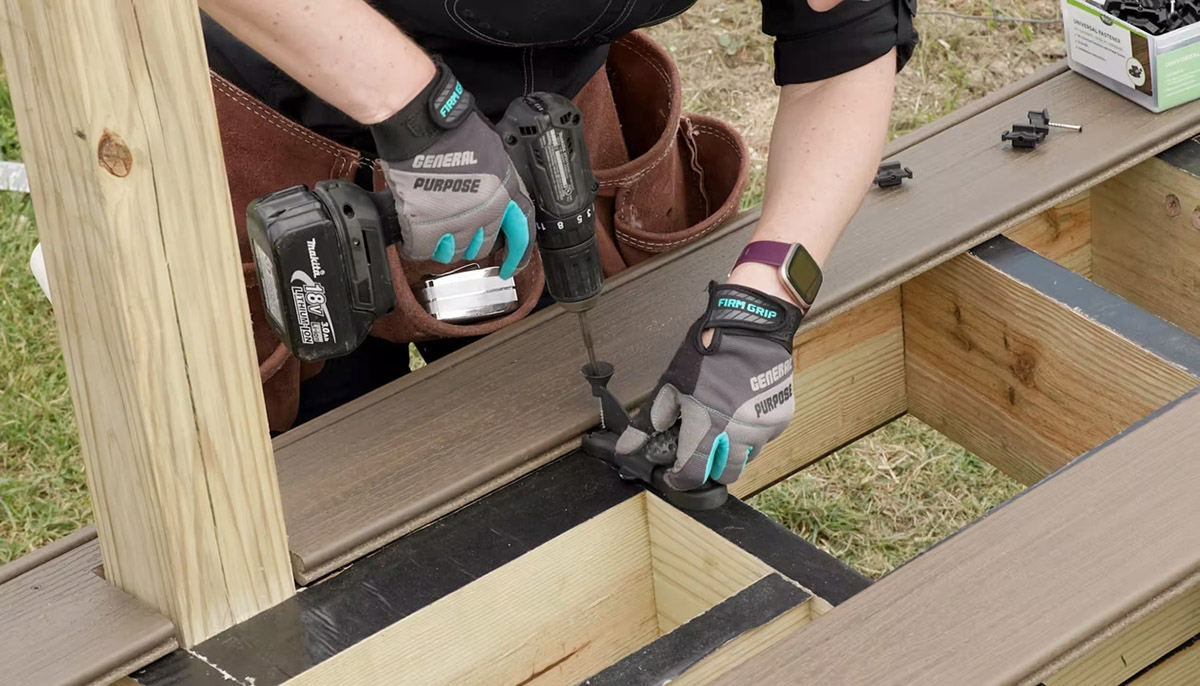
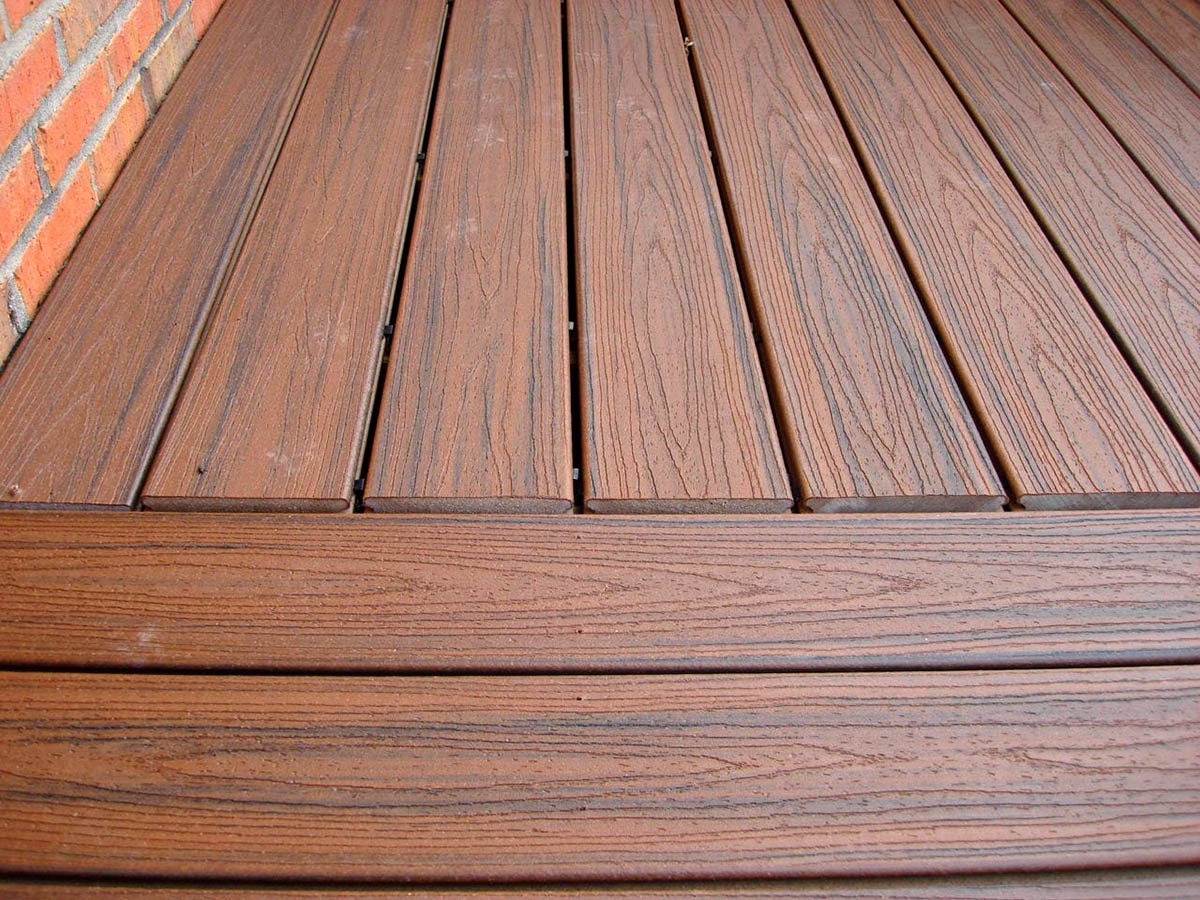
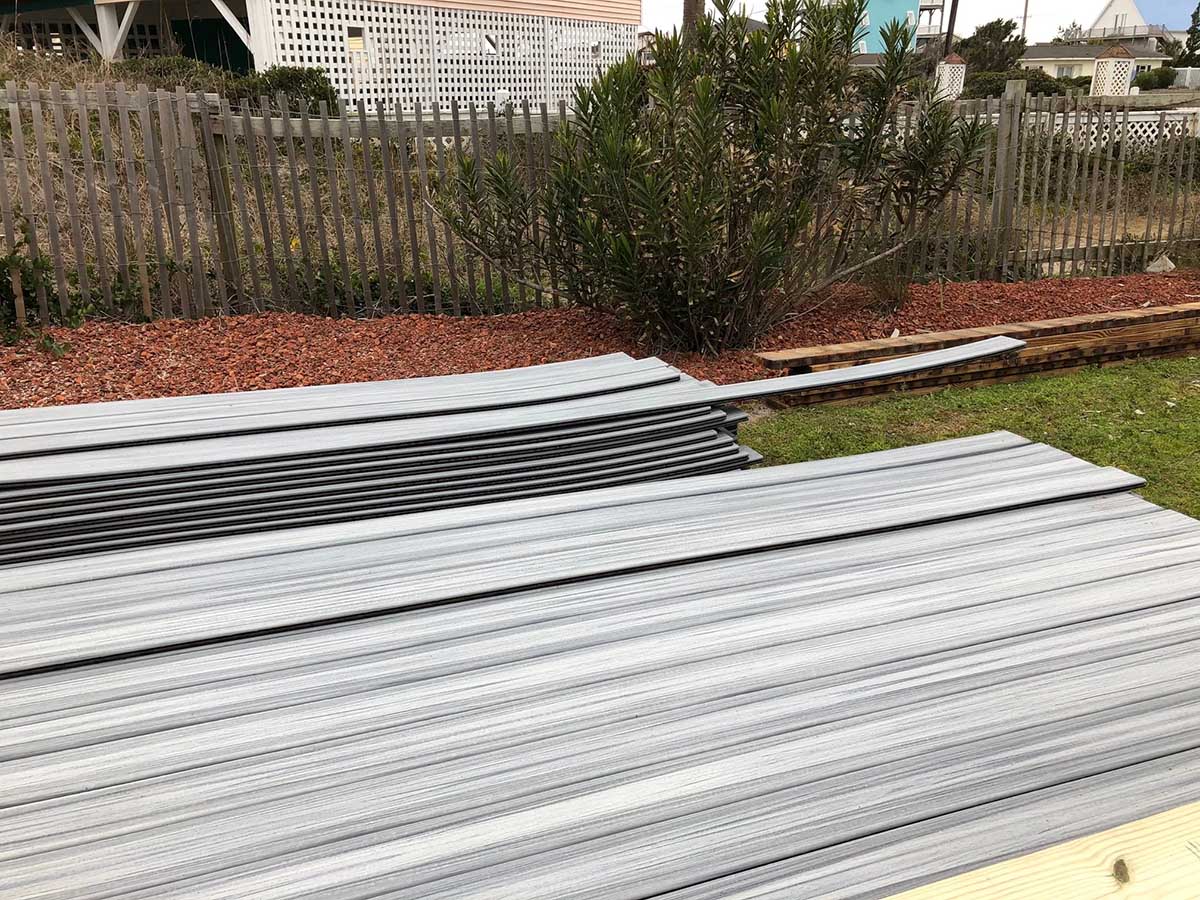
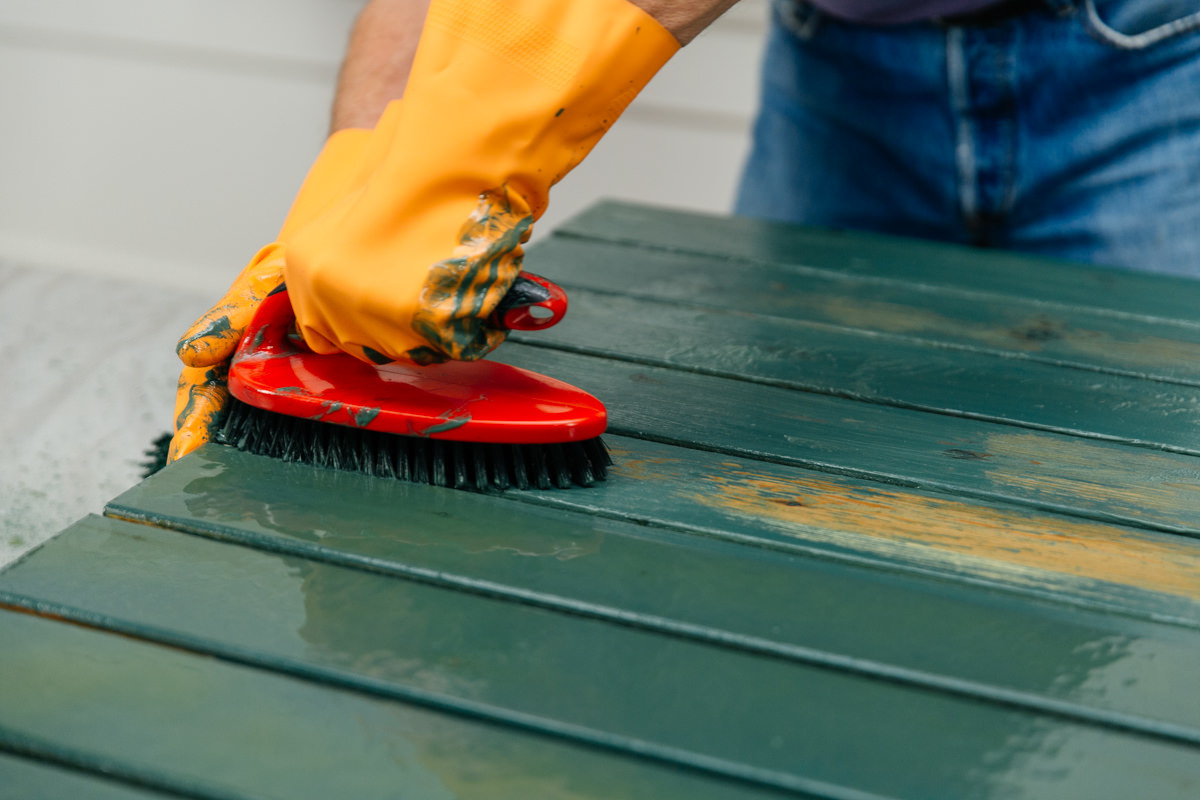
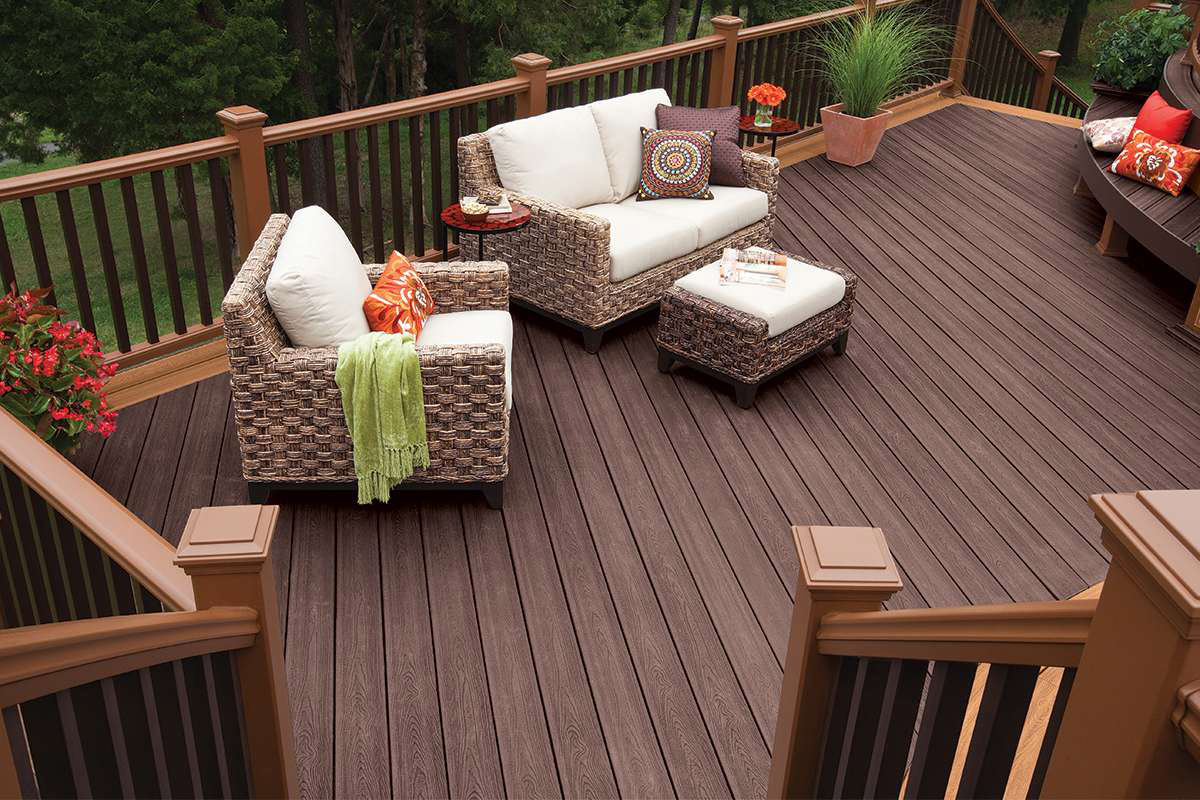
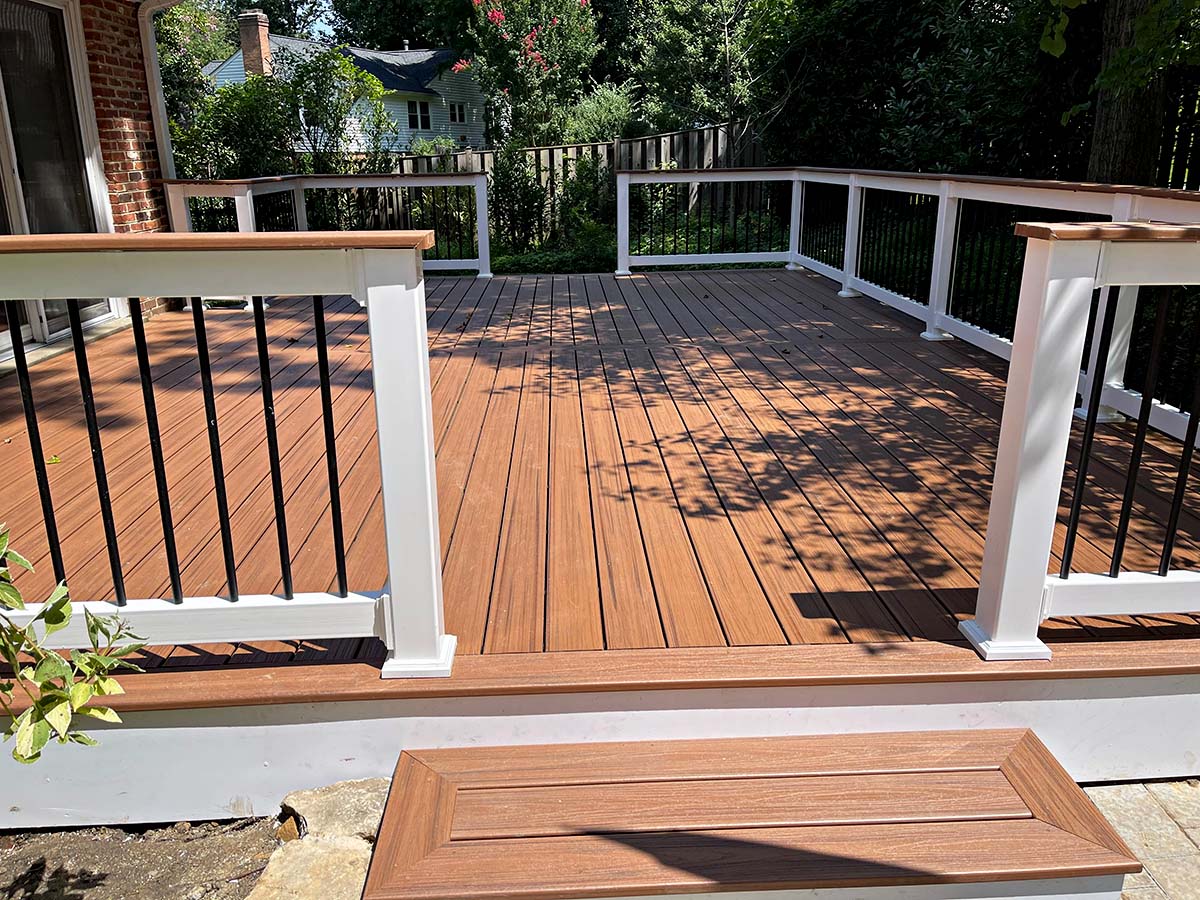

0 thoughts on “How To Get Sap Off Trex Decking”